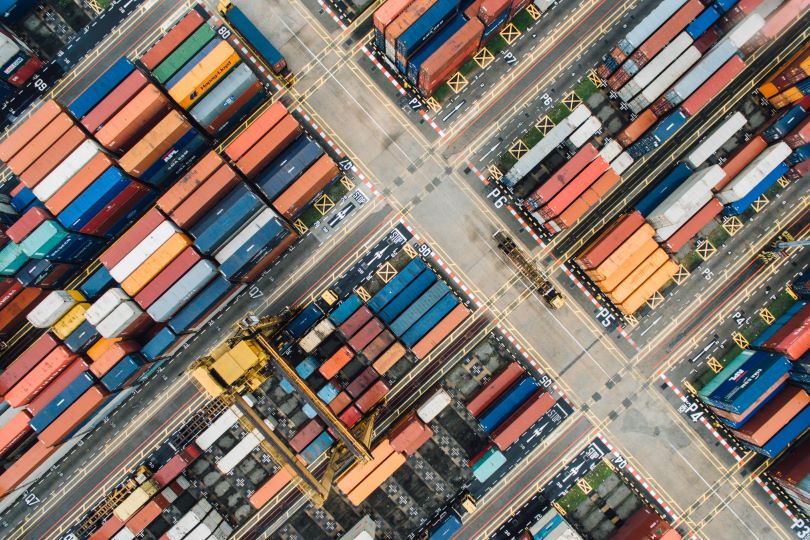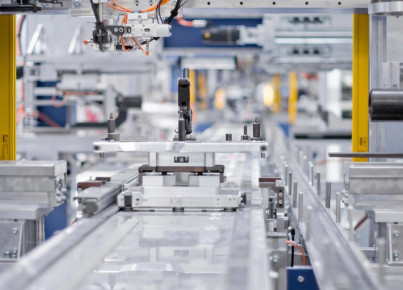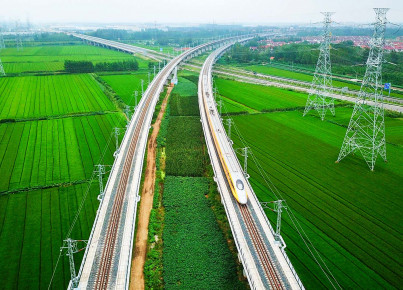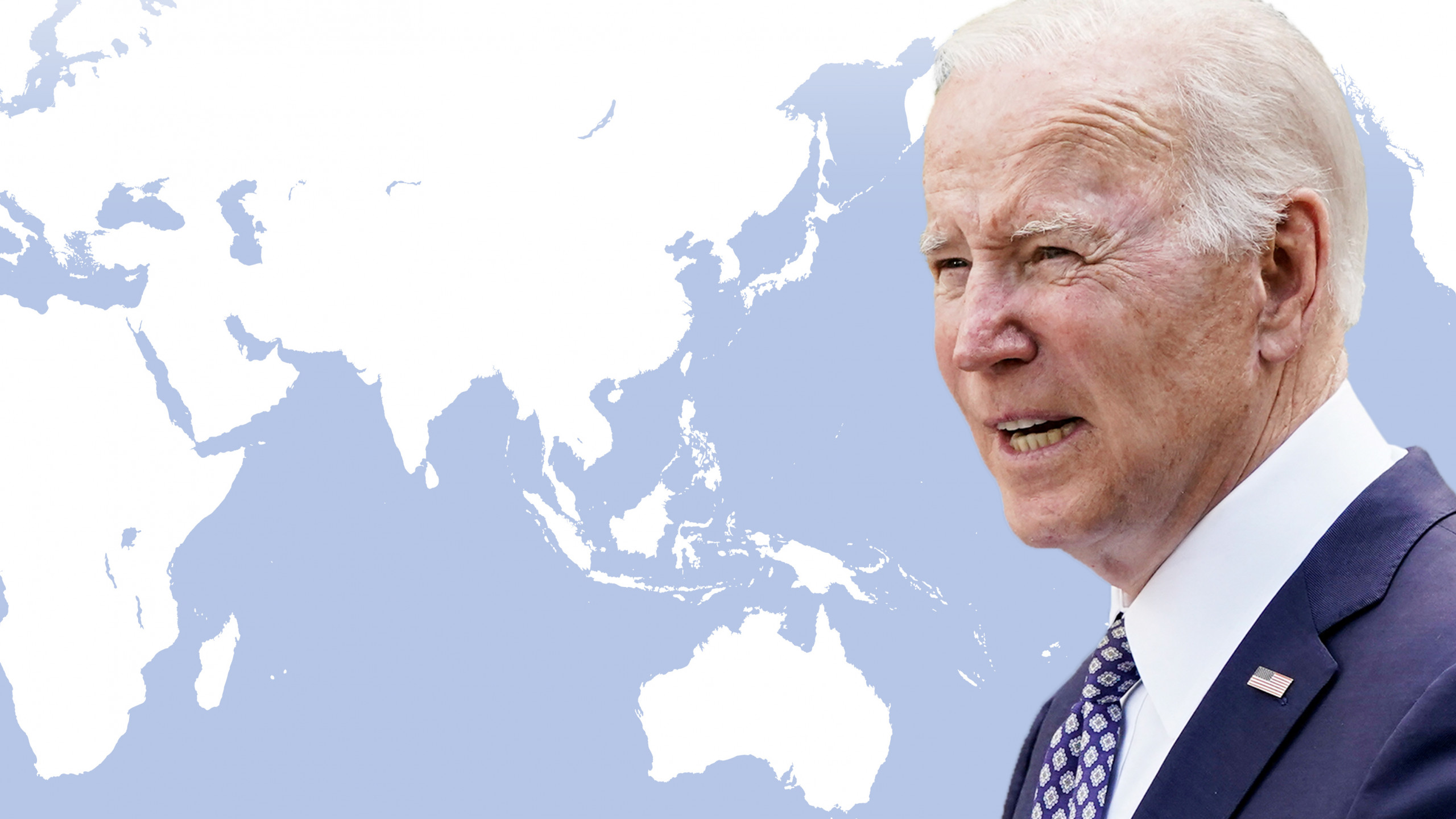The European Union strategy to relaunch relations with the Asian continent
Asia has strategic importance for Europe. In recent years we have experienced that the economy and financial markets of Europe and Asia are increasingly interdependent and integrated. Changes in the economic performance of one region have a direct influence on the economic conditions of the other. With a population that far exceeds that of any other continent and its fast-growing economies, in 2019 alone, Asia was the recipient of 28% of EU exports and 40% of its imports. Not to mention that China is the only world power to close 2020 with economic growth, with a GDP increasing by 2.3%.
All facts that the EU could not ignore. Also for this reason, in 2018, European leaders adopted a joint communication, known as “Connecting Europe and Asia – Building Blocks for an EU Strategy”. The strategy proposed by the European Union focuses on building a deep interregional dialogue by creating sustainable connectivity systems and shared rules. This becomes possible, first of all, by restructuring the networks and connections system between the two regions, creating transport corridors, advanced digital connections and improving energy cooperation. Secondly, by setting up partnerships focused on connectivity, which hinge on common rules and standards, capable of enabling better management of the flow of goods, services, people and capital between Europe and the Asian continent. Finally, the European Union is committed to closing the gap in investments dedicated to connectivity with Asia, mobilizing resources and helping to strengthen cooperation with private investors and organizations of an international nature and multilateral development banks.
The strategy evolved with the promotion of an EU-Asia meeting (ASEAM) aimed at expanding connectivity between the two regions. It is an informal platform that also includes a parliamentary dimension (ASEP), which brings at the same table 53 countries from the two regions, about 60% of the global population and 65% of world GDP. Another permanent institution is the ASEF (Asia-Europe Foundation), which is responsible for encouraging intellectual, cultural and interpersonal exchanges between Asia and Europe. The relations between the two blocs were then strengthened with the conclusion of five strategic partnerships - including one with ASEAN - and free trade agreements with several Asian countries, of which the last, negotiated with the ASEAN, concerns the liberalization of interregional air traffic.
However, it is all too evident that improving connectivity costs money. The Asian Development Bank estimates that around 1.3 trillion euros per year are needed, to be used in infrastructure investments, economic growth and green policies. To this must be added investment of 1.5 trillion euros, in the period 2021-2030, to be addressed to the Trans-European Transport Network (TEN-T). The project will also be supported by the European Investment Bank (EIB), the European Fund for Sustainable Development (EFSD +), the European Bank for Reconstruction and Development (EBRD) and by private and international financial institutions.
In a moment of shuffling of the cards on the international scene, Brussels does not underestimate the advantages of connectivity with an emerging area of the world: thinking about the future means relaunching relations with the Asian continent, promoting dialogue and strengthening ties between governments and institutions. financial and private sector actors.






